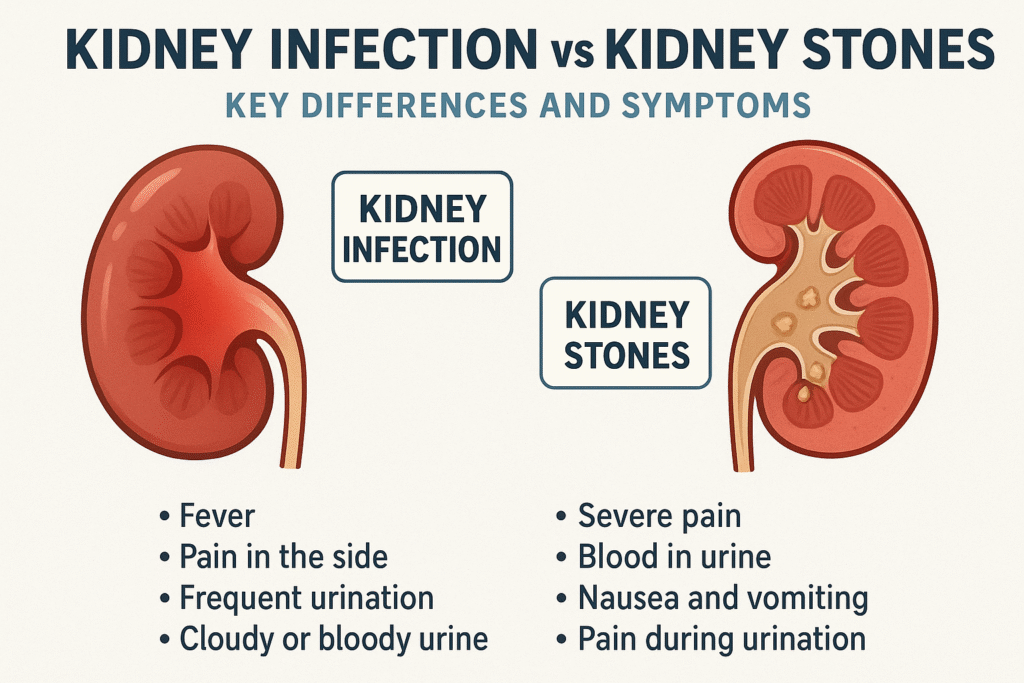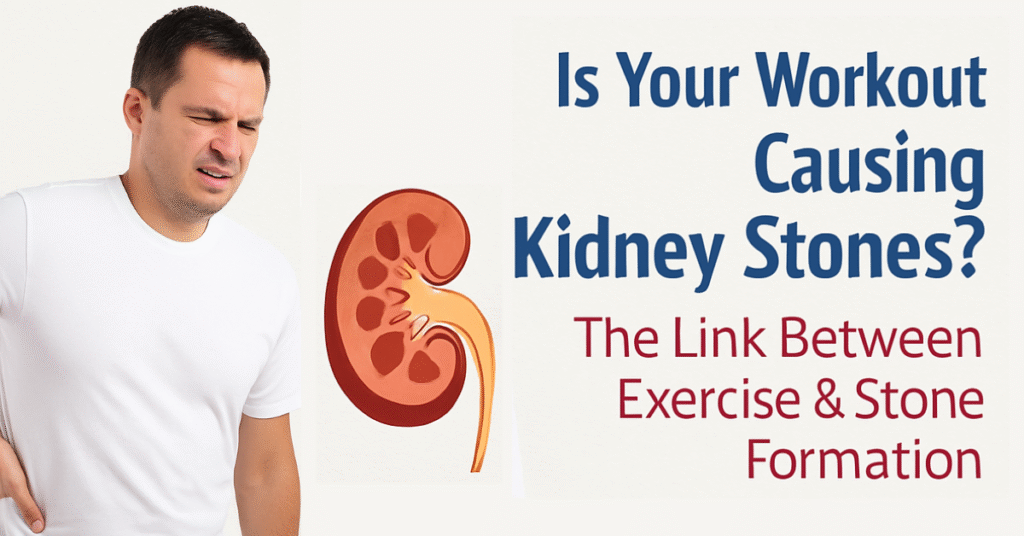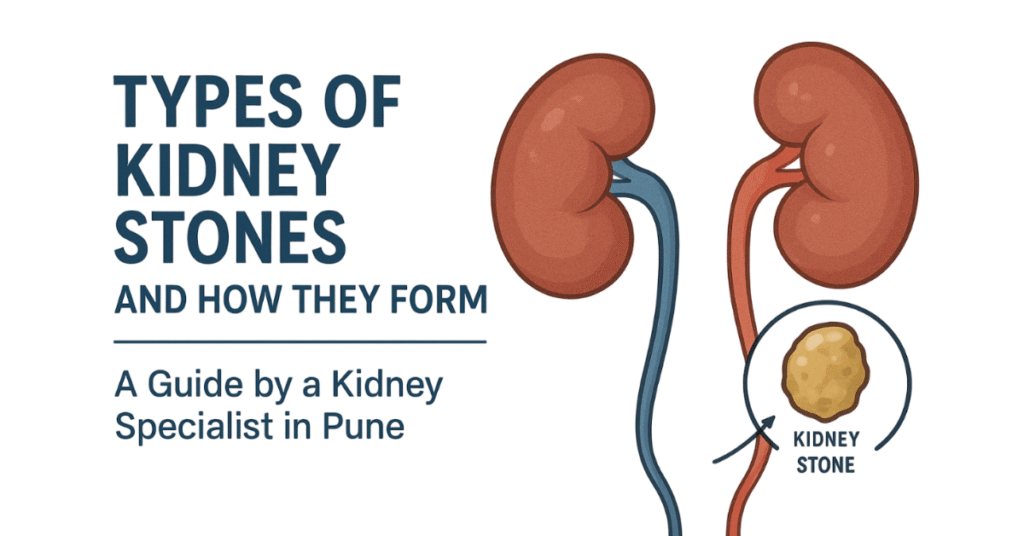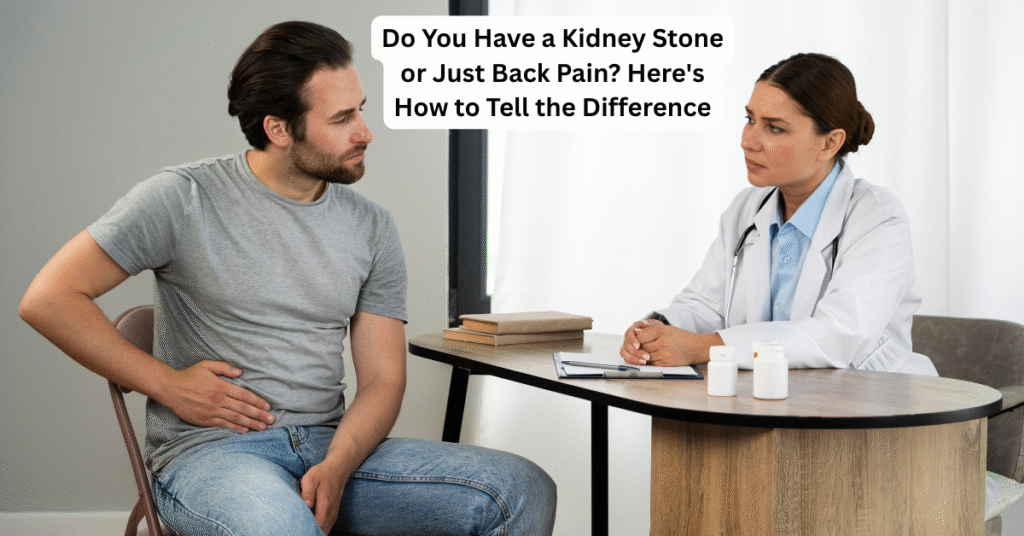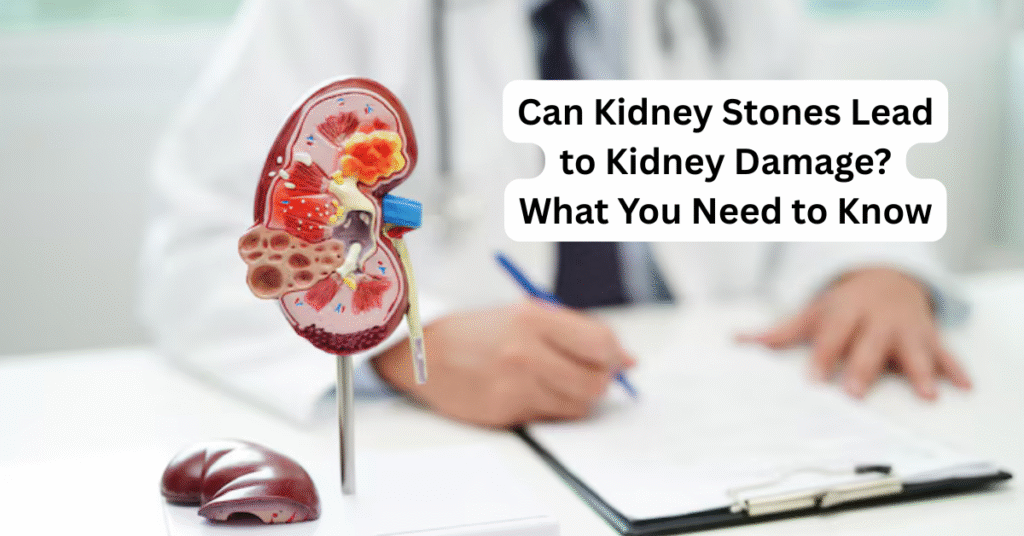Kidney Infection vs Kidney Stones: Key Differences and Symptoms
Kidney-related health issues can be both painful and serious if not diagnosed and treated promptly. Among the most common kidney problems are kidney infections and kidney stones. While they both affect the kidneys, their causes, symptoms, and treatments differ significantly. Understanding these differences can help you seek timely medical care and avoid complications. Dr. Rakshit Ahuja, a renowned Urologist In Pune, emphasizes the importance of early detection and proper treatment for kidney conditions. Kidney Infection A kidney infection, also known as pyelonephritis, occurs when bacteria travel from the urinary tract to the kidneys. It can lead to inflammation and, if untreated, permanent kidney damage. Common symptoms include persistent back or side pain, high fever, nausea, vomiting, and frequent urination with a burning sensation. Some patients also notice cloudy or foul-smelling urine. Early diagnosis by a Urologist In Pune is crucial to prevent complications such as sepsis or kidney scarring. Treatment usually involves antibiotics, and in severe cases, hospitalization may be necessary. Maintaining proper hydration and avoiding holding urine for long periods can also help reduce the risk of kidney infections. Kidney Stones Kidney stones, on the other hand, are hard deposits of minerals and salts that form inside the kidneys. They vary in size and can cause excruciating pain when passing through the urinary tract. Unlike kidney infections, kidney stones are not caused by bacteria, but factors like dehydration, certain diets, obesity, and family history can increase the risk. Symptoms of kidney stones include severe pain in the side and back, below the ribs, pain during urination, pink, red, or brown urine, and frequent urination. Some people may also experience nausea and vomiting due to the intense discomfort. Treatment may involve drinking plenty of water, medication to facilitate stone passage, or procedures such as lithotripsy or surgical removal. A Urology Doctor In Pune can assess the size and type of stone to determine the most effective treatment plan. Key Differences Between Kidney Infection and Kidney Stones While both conditions affect the kidneys and share some overlapping symptoms like pain and nausea, there are clear differences: Cause: Kidney infections are primarily caused by bacterial infections, whereas kidney stones form due to mineral and salt buildup. Symptoms: Kidney infections often present with fever, chills, and urinary tract symptoms like burning or urgency. Kidney stones, however, are more likely to cause sharp, severe pain that may radiate to the lower abdomen or groin. Treatment: Kidney infections require antibiotics and sometimes hospitalization, while kidney stones may require procedures to break or remove the stones if they do not pass naturally. Complications: Untreated kidney infections can lead to kidney damage or sepsis, while untreated kidney stones can cause urinary tract obstruction, infection, or chronic kidney disease. When to See a Doctor If you experience symptoms such as severe back pain, high fever, blood in urine, or persistent nausea, it is essential to consult a Kidney Specialist In Pune immediately. Early intervention can prevent complications and ensure effective recovery. Regular check-ups and imaging tests can help detect kidney stones or infections at an early stage. Dr. Rakshit Ahuja, an experienced urology professional, advises patients to maintain a healthy lifestyle, stay hydrated, and avoid excessive salt and protein intake to keep the kidneys functioning optimally. Kidney Infection Considerations Although kidney infections and stones are common, persistent kidney pain and unusual urinary symptoms should not be ignored, as they can sometimes indicate more severe conditions such as kidney cancer. Timely consultation with a Kidney Infection Treatment In Pune specialist ensures proper diagnosis and early intervention. Modern treatments, including minimally invasive surgery and advanced therapies, significantly improve patient outcomes. Preventive Measures for Kidney Health Maintaining kidney health involves staying well-hydrated, eating a balanced diet, and avoiding excessive consumption of salt, sugar, and processed foods. Regular exercise and avoiding smoking or alcohol can also support overall kidney function. Individuals with a family history of kidney stones or infections should undergo routine screening with a Urology Doctor In Pune to catch any issues early. In conclusion, while kidney infections and kidney stones may seem similar, understanding their differences is crucial for proper treatment. Prompt consultation with a Kidney Specialist In Pune can help manage symptoms effectively and prevent long-term complications. With awareness, preventive care, and timely medical intervention, you can ensure your kidneys remain healthy and functional for years to come. 📞 Book an Appointment: 98905 83933 🌐 Visit Our Website: www.drrakshitahujaurologist.com Select an element to maximize. Press ESC to cancel. Select an element to maximize. Press ESC to cancel. Select an element to maximize. Press ESC to cancel. Select an element to maximize. Press ESC to cancel.
Kidney Infection vs Kidney Stones: Key Differences and Symptoms Read More »

 Select an element to maximize. Press ESC to cancel.
Select an element to maximize. Press ESC to cancel.